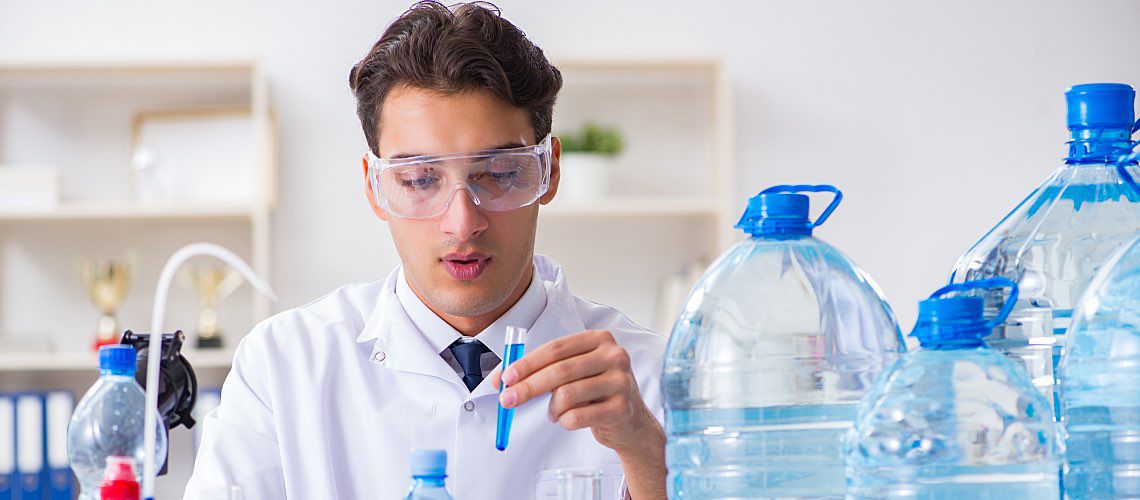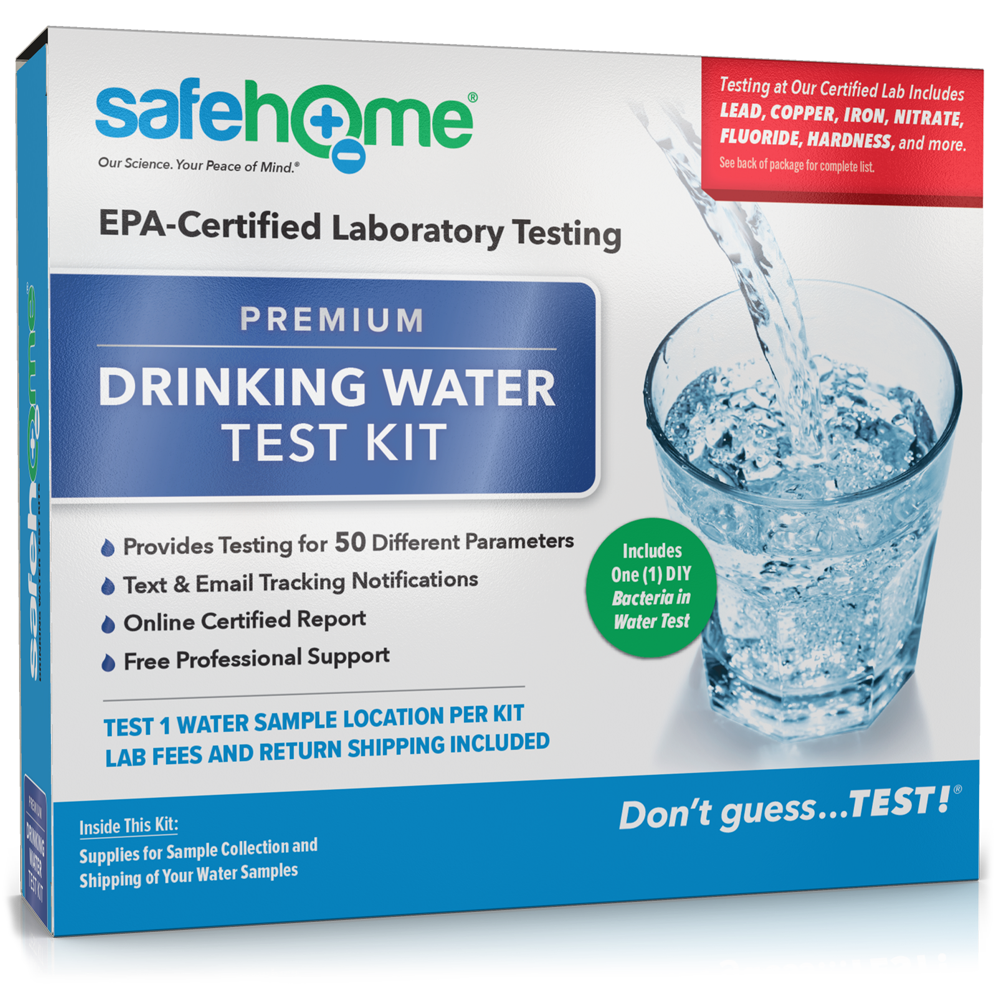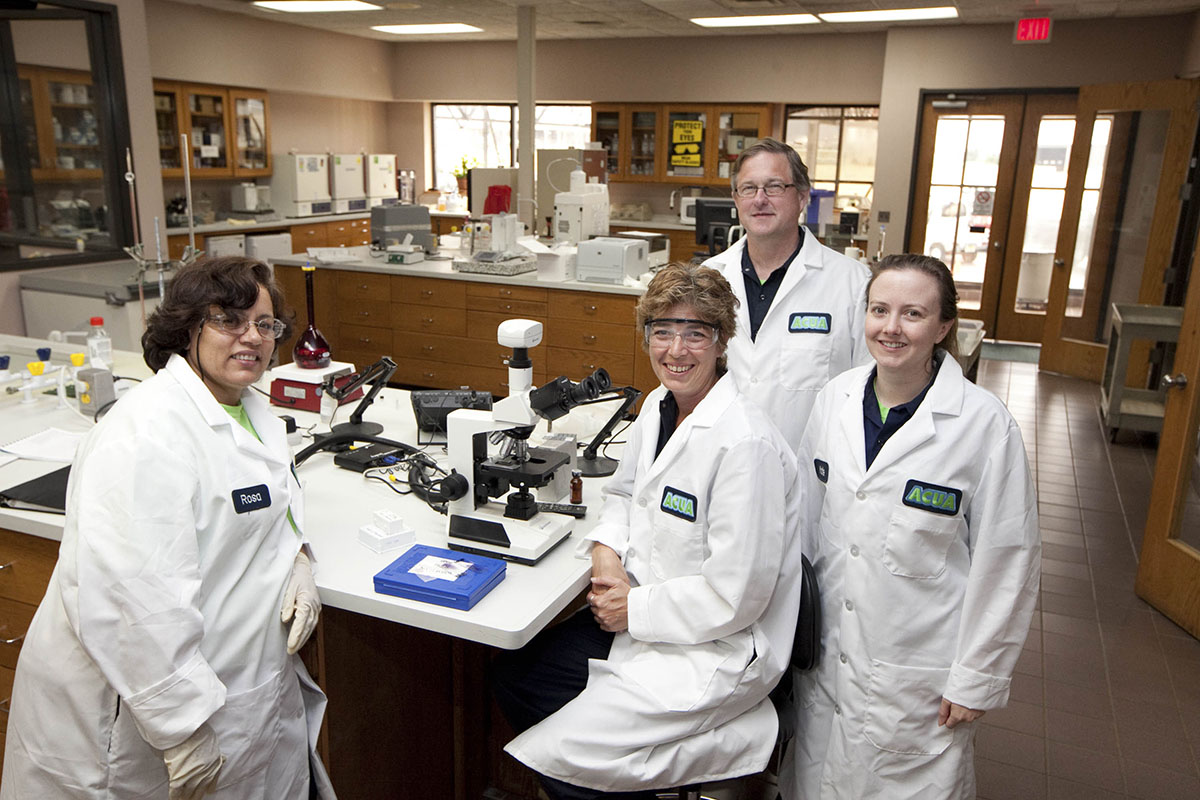Discover What Is Included in Water Examining and Exactly How It Makes Certain Safe Drinking Water
Recognizing the intricacies of water screening is crucial in making sure the quality and security of our drinking water. With a thorough evaluation of physical, chemical, and microbiological facets, water screening determines potential impurities that might present health dangers. From the visibility of heavy steels to harmful microorganisms, each examination part plays a critical function in maintaining the integrity of our water supply. Advanced strategies like chromatography and spectrometry boost the accuracy of these analyses. Just how do these procedures equate into the regulative frameworks that assure safety in our daily consumption?
Key Elements of Water Screening
Water screening is a vital procedure that involves numerous crucial parts to make sure the security and high quality of drinking water. Furthermore, making sure the pH equilibrium of water is necessary, as it affects the water's corrosiveness and the efficiency of disinfection processes.
An additional significant part involves microbiological analysis, where water samples are examined for the existence of bacteria such as germs, infections, and protozoa. If taken in, this evaluation is important to determine organic threats that can present health and wellness risks. Furthermore, chemical evaluations are carried out to detect not natural and organic materials, such as hefty metals, nitrates, and pesticides, that might be existing in the water.

Detecting Harmful Impurities
Finding damaging pollutants in drinking water is a fundamental facet of safeguarding public health and wellness. Each kind of contaminant poses unique wellness threats, making their detection critical to guarantee the water consumed by the public is secure.
Water screening for impurities is typically carried out by regulatory companies and water energies, using a mix of field sampling and lab analysis. These evaluations are created to identify both naturally happening compounds and anthropogenic contaminants that may have gotten in the water through farming runoff, commercial discharge, or aging infrastructure. Routine monitoring is vital, as contamination levels can rise and fall because of environmental changes, seasonal variations, or human activities.
The recognition of harmful pollutants notifies required activities, such as water treatment interventions or public advisories, to mitigate risks. Early discovery is crucial to avoid damaging wellness results, ranging from gastrointestinal diseases to long-lasting conditions like cancer cells, thus making certain the continued security of alcohol consumption water.

Chemical Evaluation Techniques
In the world of ensuring secure drinking water, chemical evaluation techniques play a pivotal role in identifying and evaluating pollutants. These approaches are crucial for identifying a vast selection of chemical compounds, consisting of heavy steels, pesticides, and industrial contaminants, which can posture considerable health dangers.
Gas chromatography-mass spectrometry (GC-MS) is one more essential strategy, particularly for organic compounds. It separates intricate blends and identifies unpredictable and semi-volatile natural substances, ensuring that toxins like benzene and toluene are within secure limitations. High-performance liquid chromatography (HPLC) is similarly made use of for non-volatile substances, including specific pesticides and drugs.
Ion chromatography is used to figure out focus of cations and anions, such as nitrates and sulfates, which are essential in evaluating water quality. These chemical analysis techniques collectively guarantee that alcohol consumption water continues to be risk-free by spotting deviations from established pureness norms, therefore protecting public wellness. Ensuring precision and precision in these examinations is extremely important to keeping the integrity of water security evaluations.
Microbiological Evaluating Techniques
Precise microbiological testing is crucial for protecting public health by guaranteeing that drinking water is devoid of hazardous pathogens. This process entails finding and mentioning microorganisms such as bacteria, infections, and protozoa that may infect water products. Typical pathogens consist of Escherichia coli, Giardia, and Cryptosporidium, each posing significant health and wellness dangers.
A number of use this link approaches are used in microbiological screening to determine these dangers. The membrane layer filtration strategy is often made use of, including water passing through a filter that records germs, which are then cultured to determine their existence and concentration. Conversely, the multiple-tube fermentation approach makes it possible for the quantification of coliform microorganisms utilizing a collection of dilution and incubation steps.
Improvements in modern technology have actually introduced molecular methods such as polymerase domino effect (PCR), which permits the very specific and fast discovery of virus by enhancing their hereditary product. Enzyme-linked immunosorbent assays (ELISA) likewise supply an approach to identify microorganisms by identifying details healthy proteins or antigens.
These differed techniques are crucial for comprehensive water top quality assessment, guaranteeing that water therapy processes are reliable which distribution systems maintain safety. By using these microbiological screening techniques, possible health and wellness threats can be determined and alleviated without delay.

Importance for Public Health
Making certain the microbiological security of drinking water straight affects public health by stopping the spread of waterborne illness. Microorganisms such as bacteria, infections, and protozoa can cause illnesses like cholera, dysentery, and stomach infections (Water Tesing Services Orlando). The application of thorough water testing protocols is vital in identifying and mitigating these dangers, therefore protecting areas from potential outbreaks
Regular water testing not useful link just discovers microbial contaminants however additionally examines chemical and physical specifications that could impact wellness. For instance, too much levels of nitrates or hefty metals such as lead can pose significant wellness risks, especially to at risk populaces like infants and expectant females. By determining these hazards early, water screening enables prompt interventions, making certain the supply of water stays within safe intake standards.
Furthermore, water testing plays a crucial role in preserving public self-confidence in municipal water systems. For policy makers and health authorities, the information acquired from water screening notifies choices on infrastructure investments and public wellness strategies, guaranteeing sources are routed where they are most needed.
Verdict
Water testing functions as a vital device for ensuring the safety and security and high quality of alcohol consumption water through extensive assessment of its physical, chemical, and microbiological residential or commercial properties. By identifying unsafe impurities, such as hefty steels and pesticides, and making use of innovative strategies like chromatography and spectrometry, water testing assists in the recognition of potential health and wellness dangers. The execution of extensive screening protocols is vital for preserving compliance with safety standards, inevitably guarding public health and wellness and reinforcing confidence in metropolitan water systems.

By determining these risks early, water testing makes it possible for timely interventions, ensuring the water supply remains within secure usage criteria.
Water screening serves as a necessary mechanism for making sure the safety and high quality of alcohol consumption water with comprehensive examination of its physical, chemical, and microbiological homes.